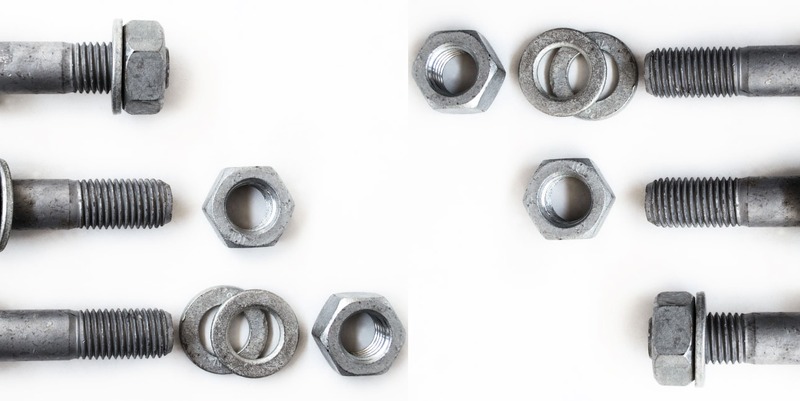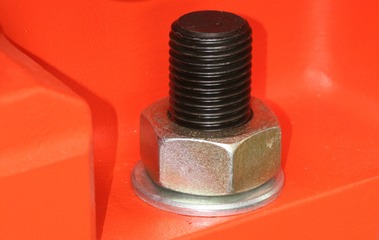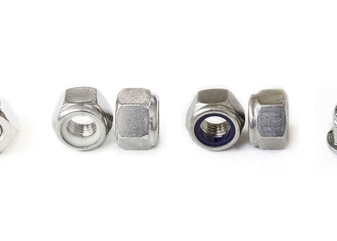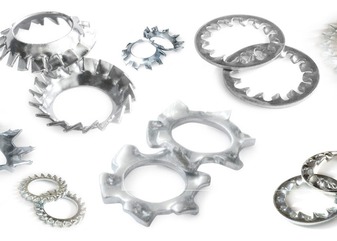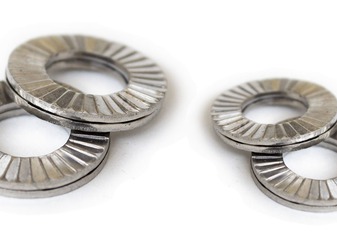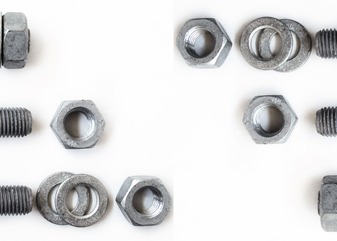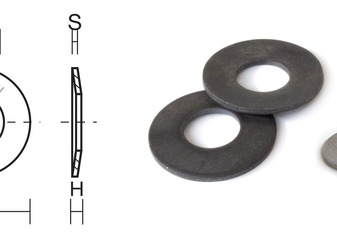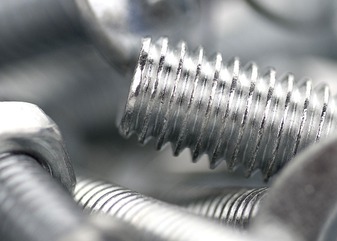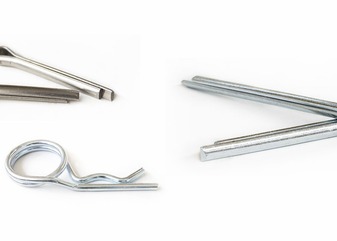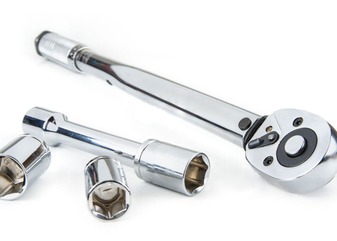What types of galvanizing exist?
There are 3 different types of galvanizing, which are:
- Hot-dip galvanizing
- Cold galvanizing
- Electrolytic galvanizing
Hot-dip Galvanizing
In the hot-dip galvanizing process, the items to be treated are immersed in tanks containing molten zinc, for this reason, it is called “hot-dip”.
Before proceeding with the application of this coating, the items undergo specific treatments such as pickling, a bath in a solution of water and acid that allows the removal of traces of rust or scale in order to make the product's surface uniform and avoid any defects. After this cleaning phase of the item, a washing phase is carried out to prevent the presence of iron or acid residues at the moment of galvanization.
The main advantages of this treatment are:
- The possibility to increase the components by applying a thicker layer of zinc
- Increased resistance to corrosion
- The most advantageous quality-price ratio
- Resistance up to 300° of the treated components
- Low maintenance required
Cold Galvanizing
The process of cold galvanizing, also known as metallization, occurs through an actual painting process, in this case, the zinc layer is applied with paints based on synthetic resins that are rich in zinc. Here too, the pre-treatment of the artifact is necessary, starting with the removal of mill scale, then degreasing and dusting the surface.
The advantages of this treatment are:
- Usability in marine and industrial environments, under difficult weather conditions
- Applicability also on thin artifacts without the risk of deforming the item, since it is not necessary to overheat it
- Offers the possibility to apply a thinner coating layer between 5-30 μm
Electrolytic Galvanizing
Finally, the last type of galvanizing is electrolytic galvanizing.
As with the previous ones, in this case, too, the item to be treated must undergo pre-treatments, which are: pre-degreasing, pickling, and degreasing. This particular type of galvanizing differs from the previous ones precisely because of the process with which the zinc layer is applied.
The component is always immersed in a tank with an electrolytic solution containing zinc salts. Finally, a current passage is created between the component and the solution, which deposits the metallic zinc on the surface of the item. After the galvanizing phase, the treated item enters a passivation bath that creates a thin and protective film that, once dried, increases corrosion resistance.
Electrolytic galvanizing is preferable when there is a need to treat steel components with precise tempering, which could undergo undesirable effects if subjected to high temperatures.
For welded articles with low-melting-point alloys, electrolytic galvanizing is preferable, as there is no risk of damaging the welding points.
Subscribe to our newsletter! Every week you will receive information about the world of fasteners and our range of products.
 Added to quote
Added to quote